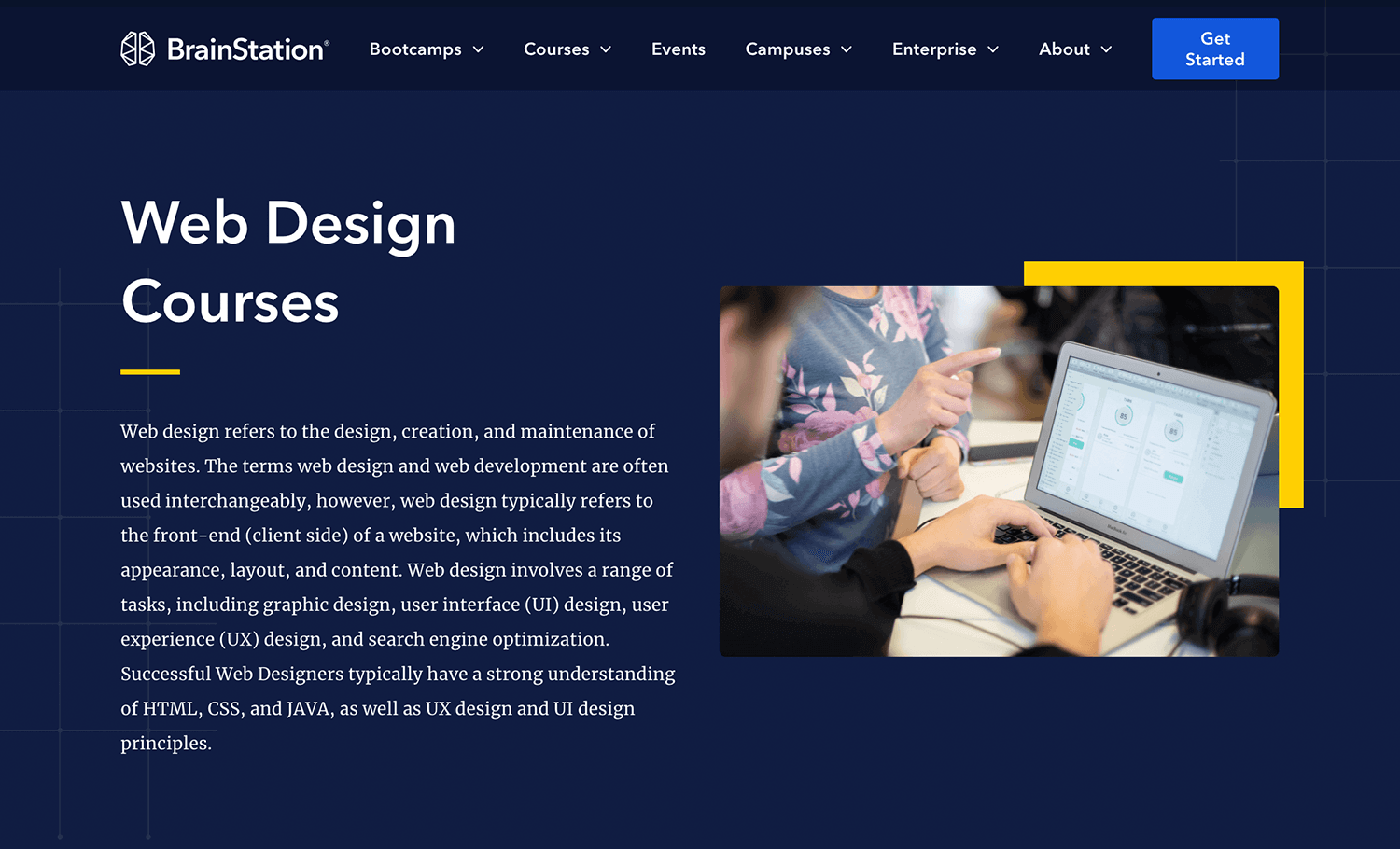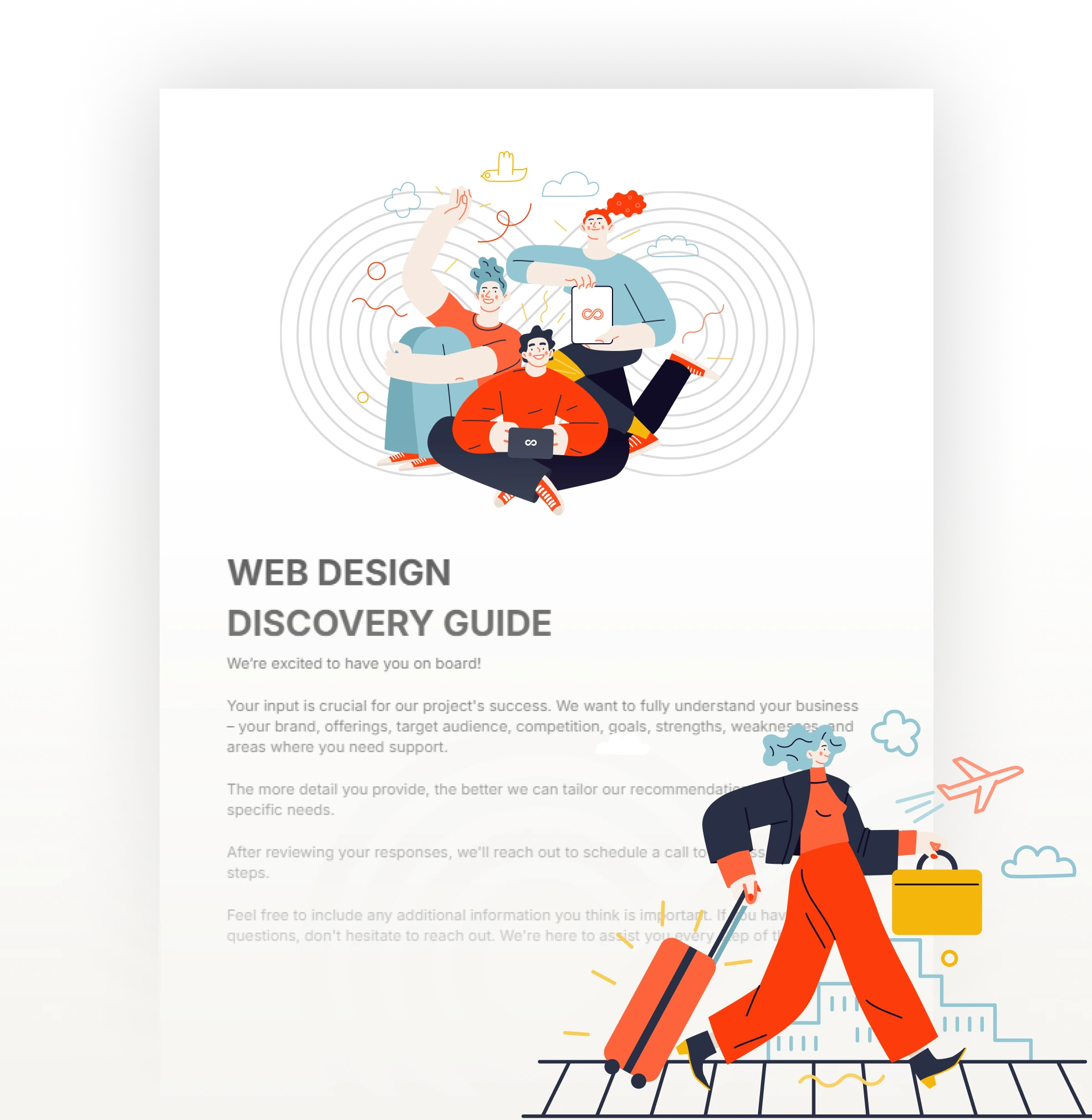The Most Effective Kinds Of Web Design to Improve User Experience and Interaction
In the ever-evolving landscape of electronic communication, the effectiveness of Web style substantially impacts user experience and engagement. Various design techniques, such as minimalist, responsive, and interactive designs, each offer distinct advantages that can cater to diverse customer demands.
Minimal Website Design
As electronic landscapes become increasingly cluttered, minimalist Web design has actually become an effective strategy to boosting customer experience. This layout ideology focuses on simpleness, concentrating on crucial components while getting rid of unnecessary diversions. By making use of sufficient white space, straightforward navigation, and a restricted color combination, minimalist design promotes clearness and guides individual focus to vital material.
The core concept of minimal website design is to develop a smooth interaction for users. By decreasing cognitive load, customers can quickly understand information without really feeling overwhelmed. This direct strategy not only improves use but additionally motivates engagement, as site visitors are much more most likely to explore a website that is easy and visually enticing to navigate.
Furthermore, minimal design commonly emphasizes typography and imagery, using these aspects purposefully to convey messages successfully. In significance, minimal Web design is not just a fad; it is a thoughtful approach that acknowledges the value of user-centered layout.
Responsive Web Design
In today's diverse electronic setting, receptive Web design has come to be necessary for developing a seamless individual experience throughout a wide range of devices. As customers accessibility sites on mobile phones, tablet computers, desktop computers, and laptop computers, the capacity of an internet site to adjust its layout and content to various screen dimensions and resolutions is critical.
Receptive Web layout utilizes flexible grids, photos, and CSS media inquiries to guarantee that Web content exists ideally, regardless of the tool utilized. This approach not just enhances the aesthetic allure of a web site but additionally substantially improves use. Individuals are more most likely to engage with a site that supplies a regular experience, as it eliminates the aggravation of having to focus or scroll excessively.
Additionally, internet search engine, including Google, prioritize mobile-friendly internet sites in search rankings. By embracing receptive style, organizations can improve their exposure and get to a broader audience. This method also streamlines site upkeep, as a solitary version of the site can accommodate all gadgets, reducing the demand for numerous versions. In summary, responsive Web layout is a fundamental practice that improves individual experience, involvement, and overall fulfillment.
Interactive Website Design
Responsive website design prepares for improving individual experience, however interactive Web design takes this a step additionally by involving individuals in an extra vibrant method - Aligned Position Web Design. By including aspects such as animations, clickable models, and real-time comments, interactive website design captivates users, attracting them right into a richer browsing experience
This method not only fosters involvement yet additionally motivates users to explore material proactively as opposed to passively eating it. Strategies such as gamification, where individuals make rewards for completing tasks, can dramatically boost the time invested in a website and enhance overall fulfillment. Moreover, interactive features can streamline complicated information, making it extra digestible and delightful.

Incorporating interactive design elements can additionally bring about higher conversion rates, as individuals are most likely to involve with a site that actively entails them. Aligned Position Web Design. Eventually, interactive Web style changes individual experiences right into unforgettable journeys, making certain that visitors return time after time
Flat Style
Identified by its minimalistic approach, flat design highlights simpleness and capability, removing away unneeded elements and concentrating on vital functions. This layout philosophy focuses on use, ensuring that individuals can navigate interfaces easily and efficiency. By employing a clean aesthetic, flat design eliminates the clutter typically discovered in much more elaborate styles, thus improving individual concentrate on content and functionality.
The trademark of flat design exists in its usage of strong colors, simple typography, and geometric shapes. These elements add to an aesthetically attractive interface that is both friendly and contemporary. Additionally, level layout promotes a sense of clarity, permitting individuals to determine necessary activities and info without interruption.
Additionally, flat layout is especially effective in receptive website design, as its simplicity converts well across numerous gadgets and screen dimensions. The absence of detailed structures and slopes lessens loading times, which is crucial for keeping user involvement. As digital landscapes continue to progress, flat layout remains a pertinent choice for developing easy to use websites that improve overall experience. By focusing on essential attributes, flat style not just satisfies customer needs yet also urges smooth communication, making it an essential element of efficient Web layout methods.
Adaptive Website Design
Adaptive website design customizes the individual experience by producing several taken care of designs tailored to different display dimensions and tools. Unlike receptive design, which fluidly adjusts a solitary layout, adaptive layout uses distinctive formats for visit this website certain breakpoints, making certain optimum discussion on different platforms. This method allows designers to concentrate on the one-of-a-kind features of each gadget, improving usability by delivering specifically what individuals need based on their context.
One of the primary benefits of adaptive Web style is its capacity to optimize lots times and performance. By offering customized material and images that fit the customer's device, internet sites can minimize information usage and improve loading rates. This is especially useful for users with slower links or limited information plans.

Furthermore, adaptive design helps with a more regular and controlled branding experience. Because designers develop numerous designs, they can guarantee that the aesthetic components line up with the brand's identification across different systems - Aligned Position Web Design. This causes a cohesive user experience, boosting involvement and advertising individual retention
Conclusion
Minimalist design promotes quality and focus, while responsive layout makes sure flexibility across different gadgets, advertising accessibility. Collectively, these style comes close to add to the production of user-friendly environments that not only enhance contentment yet additionally drive higher conversion rates, underscoring their vital value in modern Web style approaches.

Minimal layout cultivates quality and emphasis, while receptive layout makes certain adaptability throughout numerous tools, advertising accessibility. Collectively, these design approaches add to the production of straightforward settings that not just boost contentment yet additionally drive greater conversion prices, highlighting their important value in modern Web layout methods.